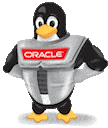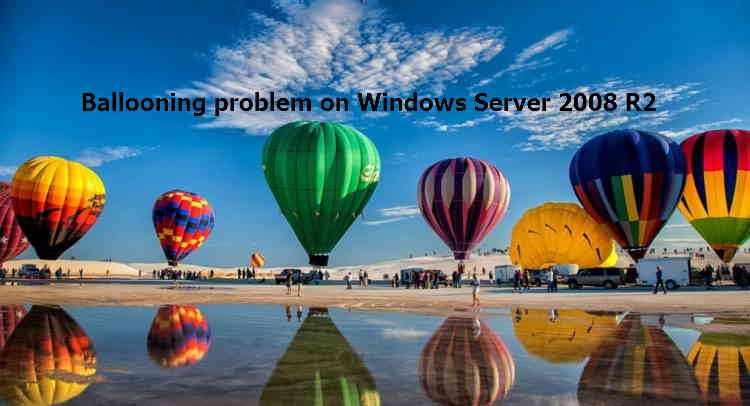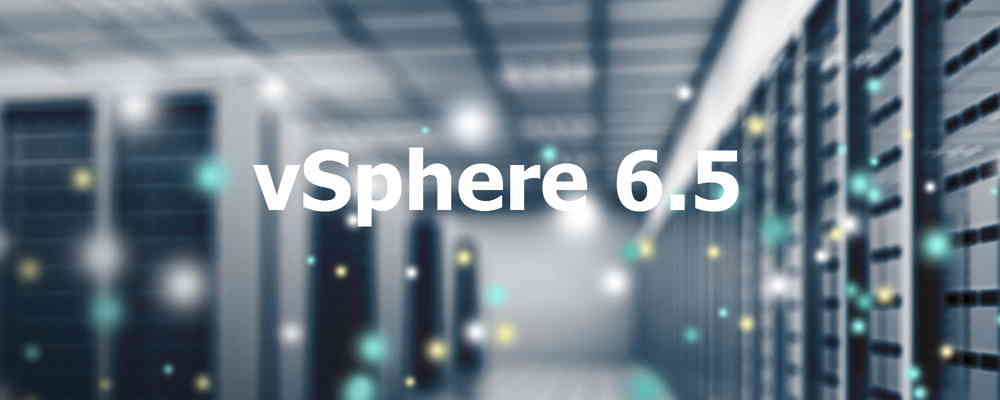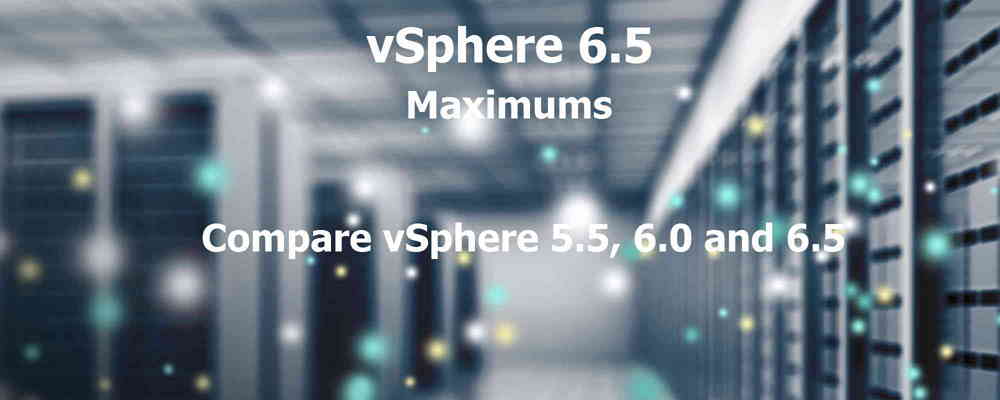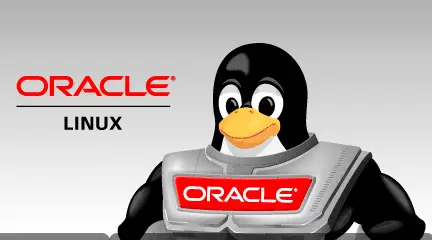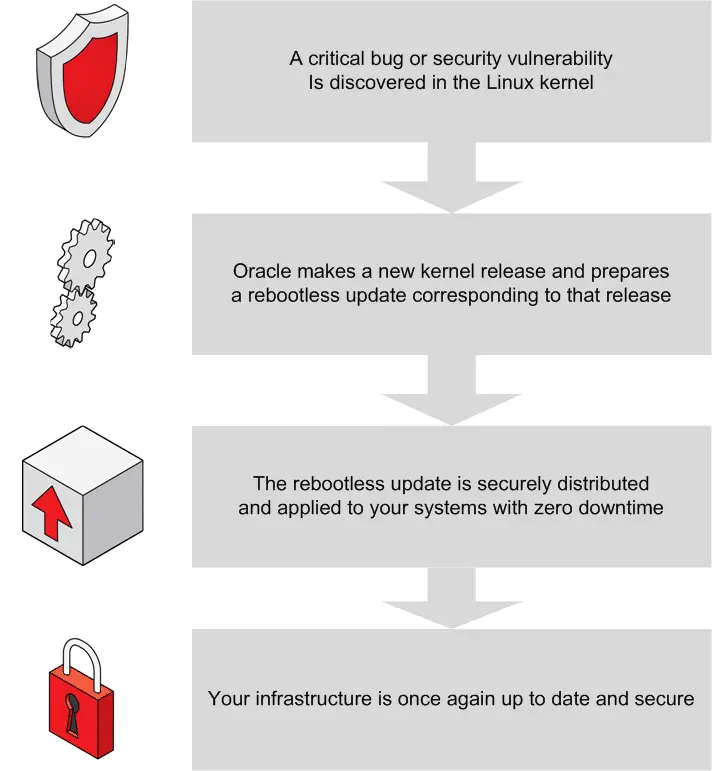VI Keyboard Shortcuts – Cheat Sheet
VI If you are familiar with Linux shell, I’m sure that you have used “vi” for editing your documents but the tool is very difficult, if you are beginner in Linux. I want to share some keyboard shortcuts that you can use for edit your files faster. Quitting : x Exit, saving changes :q Exit as long as there have been no changes ZZ Exit and save changes if any have been made :q! Exit and ignore any changes Inserting Text i Insert before cursor I Insert before line a Append after cursor A Append after line o Open a new line after current line O Open a new line before current line r Replace one character R Replace many characters

